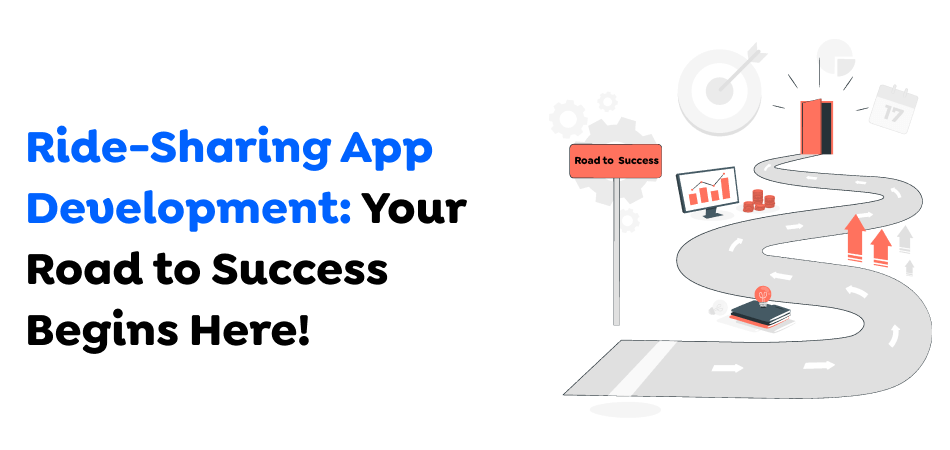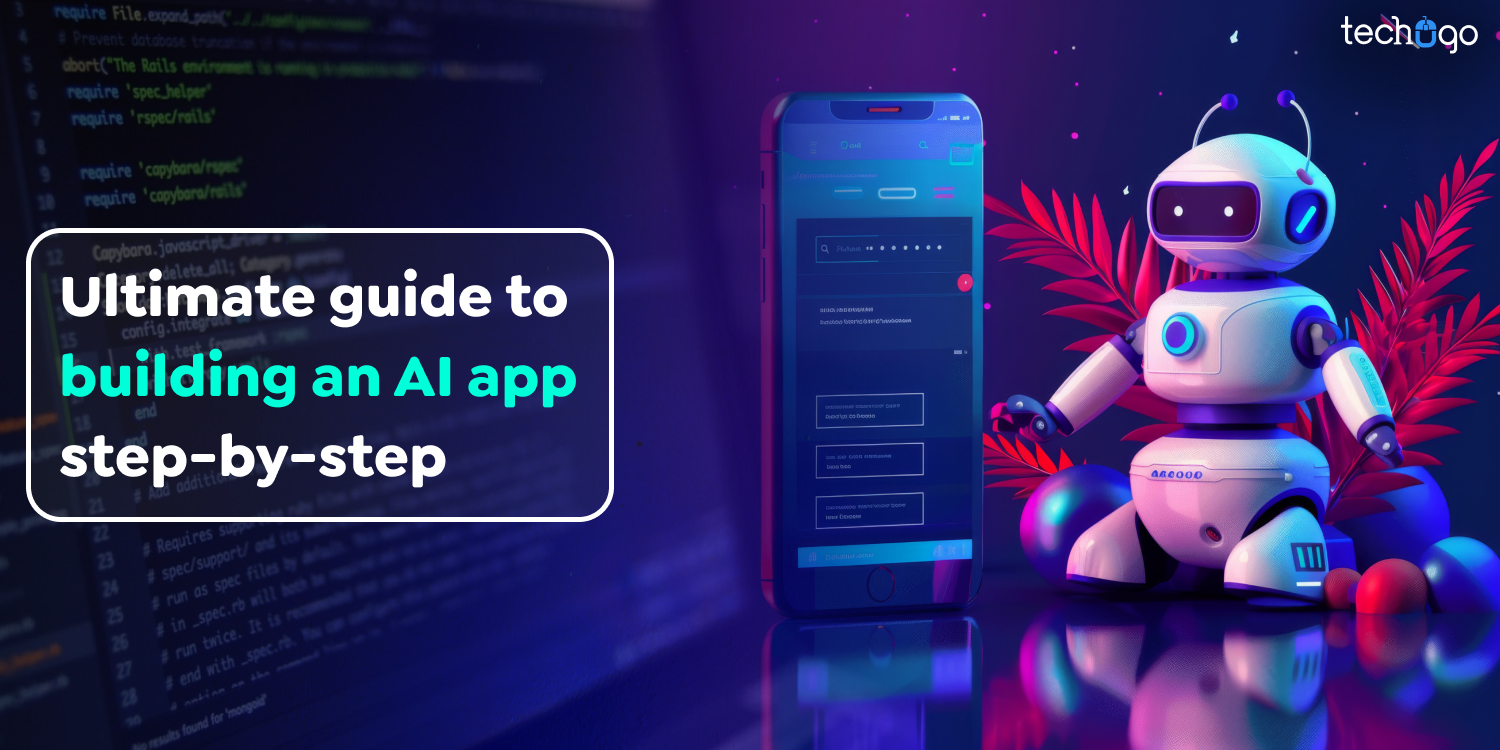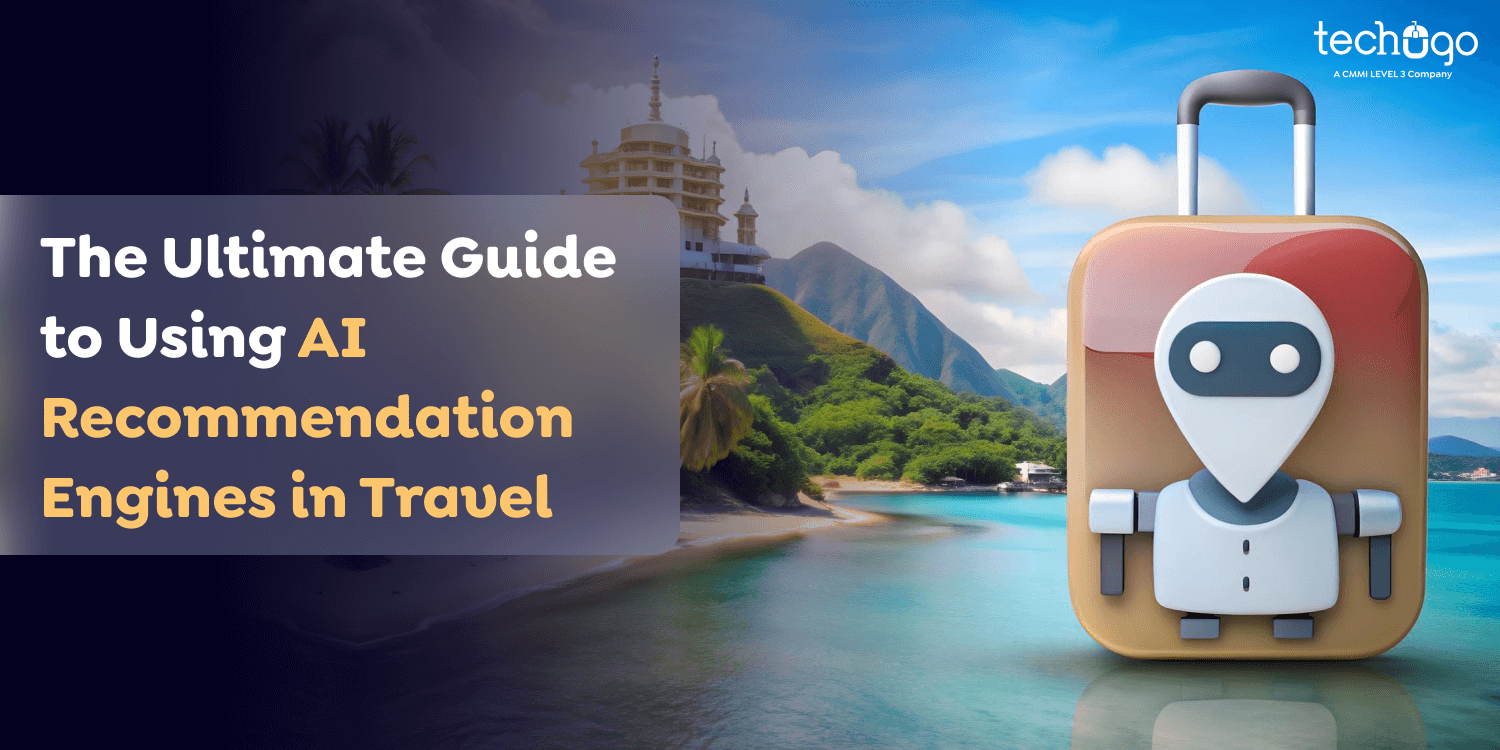18 Sep 2024
Updated on January 31st, 2025
Comprehensive Guide to Building a Successful Ride-Sharing Apps Like Lyft
Matthew Connor

Unquestionably, among the most profound consequences of technological advances, we can now speak about the on-demand economy, particularly the ride-sharing sector’s speedy development. Companies like Lyft have rapidly changed how people travel, making ride-sharing services familiar to millions worldwide. This increasing demand presents excellent opportunities for business-minded individuals to venture into ride-hailing.

According to recent statistics:
- Ride-hailing & Taxi is expected to reach revenues of about $330bn—80 billion by 2023.
- This industry is expected to grow at 3. 46 % annually, with the estimated market value of robotic process automation (RPA) reaching $379 billion by 2027.
- Based on users, the current and future projection of the Ride-hailing and taxi segment targeted by 2027 is expected to be around 1. 45 billion.
- By 2027, the segment generated through this type of sale is forecasted to generate about 55% of the group’s total sales revenues.
If you want to create an on-demand app similar to Lyft, you’re already in an industry with massive potential for growth. Nevertheless, it is crucial to plan your investment appropriately since developing such an application would cost you a lot of money. This blog gives insights into factors that define the cost of creating a ride-sharing app and the features it must incorporate.
Why Build a Ride-sharing App Like Lyft?

In as much as one is planning to invest time, money, and other resources in a business, one has to ensure that the company in question is sustainable in the long run. This kind of business is spectacular and very lucrative, and some examples include The ride-sharing industry. Along with providing a high return on investment (ROI), it offers several other advantages, including:
-
A loyal customer base:
Lyft and other ride-hailing apps keep customers loyal due to their efficiency and ability to deliver on promises.
-
Strong brand visibility:
These apps are prominent online and thus play an essential role in acquiring more users.
-
Reduced need for supervision:
It is almost self-service due to the integration of automation and easing of the various procedures involved.
Looking at some key statistics, it’s clear that creating a ride sharing app can be highly beneficial:
- The penetration of ride-sharing apps among American users stands at 36%, up from 20% in 2015.
- Lyft alone generated $4. Over the next year, IFC is expected to record $09 billion in revenue.
- The whole ride-sharing industry’s sales were at $117 billion.
- Lyft’s sales as of January 2022 stood at $6 billion, up 62% from the same period in the previous year.
- The surveys indicated that about 26% of the users take the ride-sharing service at least once a month.
Given such incredible numbers, developing a ride-hailing application like Lyft is a good investment now and in the future.
Also Read : How Much Does It Cost to Build an App Like Flipp?
Essential Features of a Ride-sharing App

Overall, to have a successful ride-sharing mobile application, one must work to optimise the experience of the four stakeholders: the rider, the driver, and the administrators. The app’s interface is expected not to lag, and every app tool and option will work seamlessly. Below are the must-have features for a ride-sharing app:
1. User Registration and Profile
Both riders and drivers should be able to choose their profile, including the details to put in it and other features. This can include signing up through social media or email, and for drivers, they include procedures such as background checks, among others.
2. Geolocation and Routing
A well-functioning ride-sharing app uses a geographical positioning system to match riders with drivers within proximity. It requires real-time monitoring of the pick-up and drop-off points and the best possible route.
3. Ride Booking and Scheduling
It should allow users to request rides on the fly or at a particular time in the future. Coordinating scheduling features will facilitate versatility in choice and trip planning.
4. Fare Estimation and Payment
This is in line with the ability to provide real-time estimates of fares before finalising a ride and the availability of payment options, including cash, credit/debit cards, and digital wallets.
5. Ride Tracking and Notifications
The option of tracking rides means users can follow the driver’s route and expect the time he/she will arrive. Push Notifications provide information about ride status, driver identification, and other related information.
6. Ratings and Reviews
Riders and drivers should be able to rate each other on the quality of the service they offer and avail themselves of, respectively. This helpful feedback mechanism helps enhance service delivery and maintain high-quality standards.
7. Driver Panel
An individual section for drivers tracks rides, earnings, and ratings. It can also give information concerning available trips the driver can take and accept depending on his/her preferences.
8. Admin Dashboard
The admin has all authority over any application, profile, ride, payment gateways, or application-related dispute. This panel efficiently manages the operation of this particular system to avoid hitches in its functioning.
9. In-app Communication
Users can communicate directly through the app via chat or phone call, without revealing the drivers’ or riders’ information, making it both convenient and safe to use.
10. Ride History
Riders and drivers should have data on their previous trips, such as trip information, payments, ratings, etc. This will improve record management and make procedural activities more transparent.
Also Read : Building an App Like Netflix: Key Steps and Strategies for Success
Factors Affecting the Development Cost of a Ride-sharing App

Ride-sharing application development comes with various costs depending on several factors when tested in the real world. Here are the key factors that determine the overall cost:
-
Feature Complexity
The more intricate the design process or the number of features you want to be integrated will also inform the cost. Essential features (including ride booking, payment services, and passenger/passenger ratings) are not expensive; however, additional innovative features (like ID verification in real-time, controlling the car’s maximum speed, or AI-based heat maps) will cost more when developing.
-
Technology Stack
That said, the cost of developing your ride-sharing app depends on the tech stack used. Advanced technology results in higher costs, whereas using the latest technologies is vital to stay ahead of the competition. For instance, using AI for route optimisation, cloud services for scalability, or blockchain for secure payment improves your app but costs more.
-
UI/UX Design
Accessibility, the ease with which users can interact with a website or application, and user interface design add to the overall development cost. Develop An App with a great design, sound icons, navigational paths, and interactions that will engage more users. However, creating simple design patterns that take time and effort may lead to an overall cost increase.
-
App Development Team
This is obvious, considering that the development cost depends on the expertise and experience of the development team. Recruiting people from areas such as North America or Europe will generally cost more than developers from places such as India or Eastern Europe, where fees are relatively low.
-
App Platform
The platform chosen for the app development, the app store for iOS or Google Android, or both impact the development cost. Android applications often require more resources compared to iOS applications because they must be compatible with a variety of devices and screen sizes. In contrast, developing an iOS application is generally faster and more straightforward. Additionally, native app development costs more than hybrid app development, but while hybrid apps can run in both environments, they may not be as powerful as native apps.
Also Read : Building a Next Level Engaging Yoga App Like Down Dog
Why Choose Techugo for Your Ride-sharing App Development?

Selecting the proper app development partner is critical to successfully launching your ride-sharing app. Techugo is a leading mobile app development Company that provides professional solutions for various businesses. We dedicate ourselves to developing apps with architecture that can grow over time, beautiful UI/UX designs, and intuitive user flow. We have professionals with good knowledge of current technologies and can offer your company appropriate solutions.
Here’s why Techugo is the ideal partner for your ride-sharing app development:
-
Comprehensive App Development Services:
We provide comprehensive App development solutions, from concept to design, development, and deployment.
-
Expert Team:
We are blessed with a great team of professionals in iOS, Android, hybrid apps, and cross-platform development.
-
Customer Satisfaction:
In our daily practice, clients worldwide have expressed satisfaction with our service provision as we work hard to deliver our best.
Want to develop the new and unique app you have in mind? We at Techugo are focused on bringing dreams into the real world with the help of advanced technology and the best development services. Whether you are developing the next-generation carpooling application, the next big startup, or an enterprise solution, we are here to help you.
Get in touch with us for a consultation now to know how we can meet your project requirements and make your vision a successful online venture. Shall we create something out of the ordinary now? Contact us using our email or phone number or visit our website for further information.
Conclusion
Creating an app like Lyft is one of the most rewarding business ideas in the modern world because the development of a ride-sharing app shows the most rapid growth in today’s digital economy. Given the recent boost in consumption of on-demand services, ride-sharing applications are set to continue to dominate years into the future. If one considers what is necessary to develop a product that is going to be appealing for users and convenient for them to use and focus on cost drivers, which include the choice of the technology stack and the choice of the platform and the choice of the design for the UI/UX, appropriate decisions are going to hit both the targets in terms of time and money.

Still, all these factors must correspond to the business one. To achieve quality services or products, one must economize in the long run while ensuring that needs are met. Finding a reliable development company that can create easily scalable and high-performance applications allows us to avoid many issues from idea to product implementation, such as Techugo. By seeking the help of the expertise and tips given here, your ride-sharing app can uncover and capture unique marketing opportunities to provide your consumers with the best overall user experience they can get in the application.
Get In touch
We are excited to here from you and let’s start something special Together. Call Us for any inquiry.
Write us
sales@techugo.caJust a call away
About you




